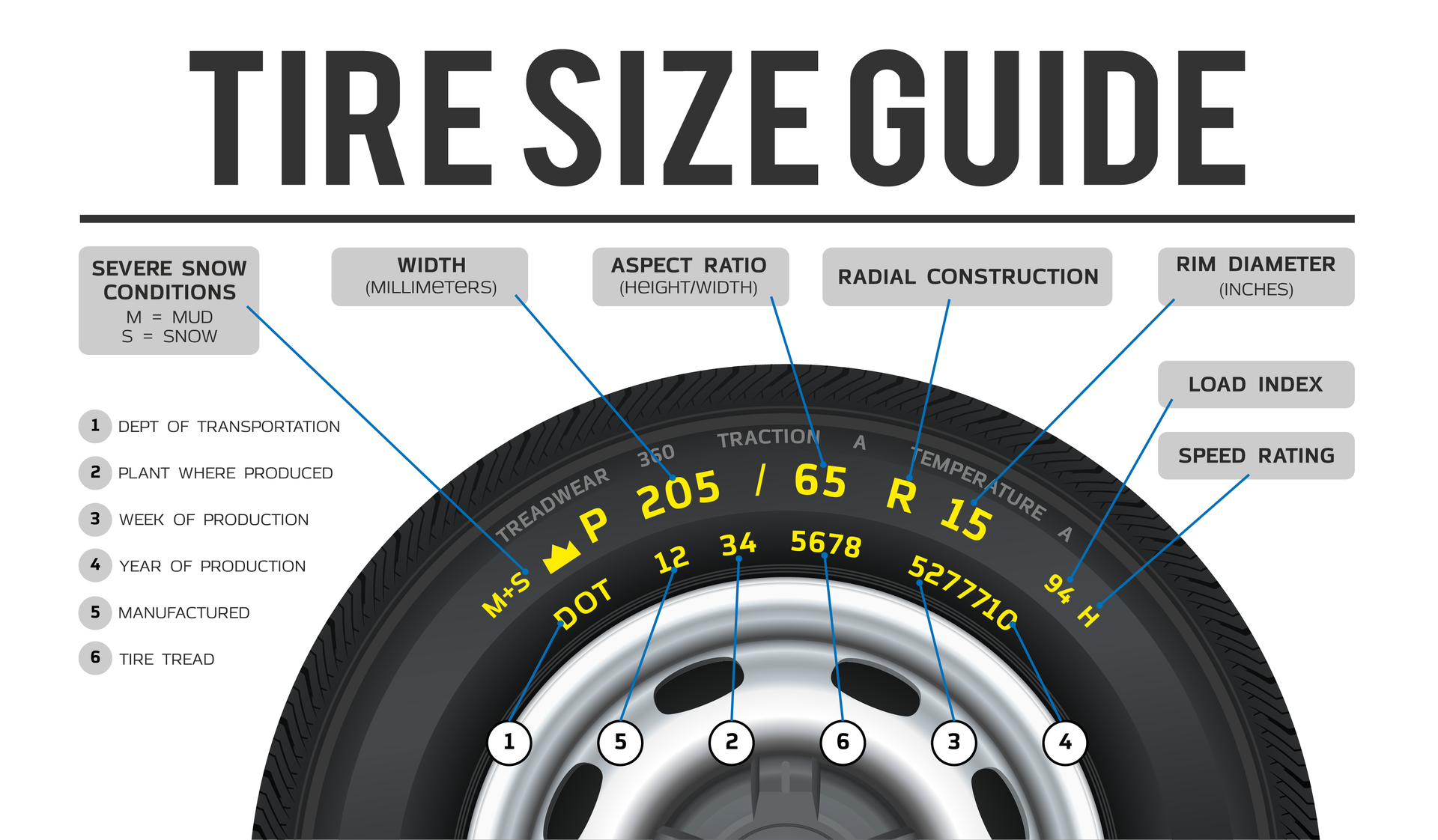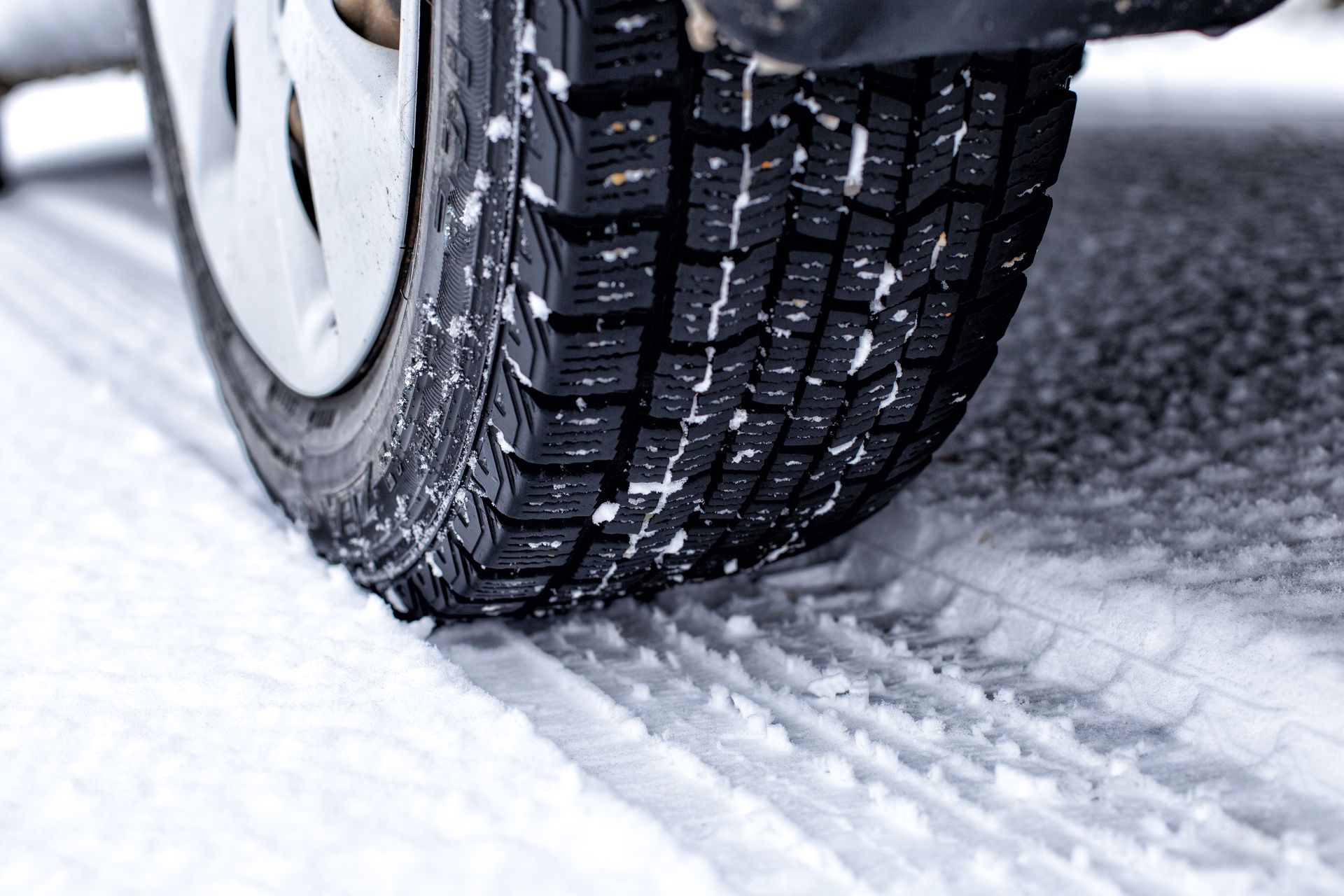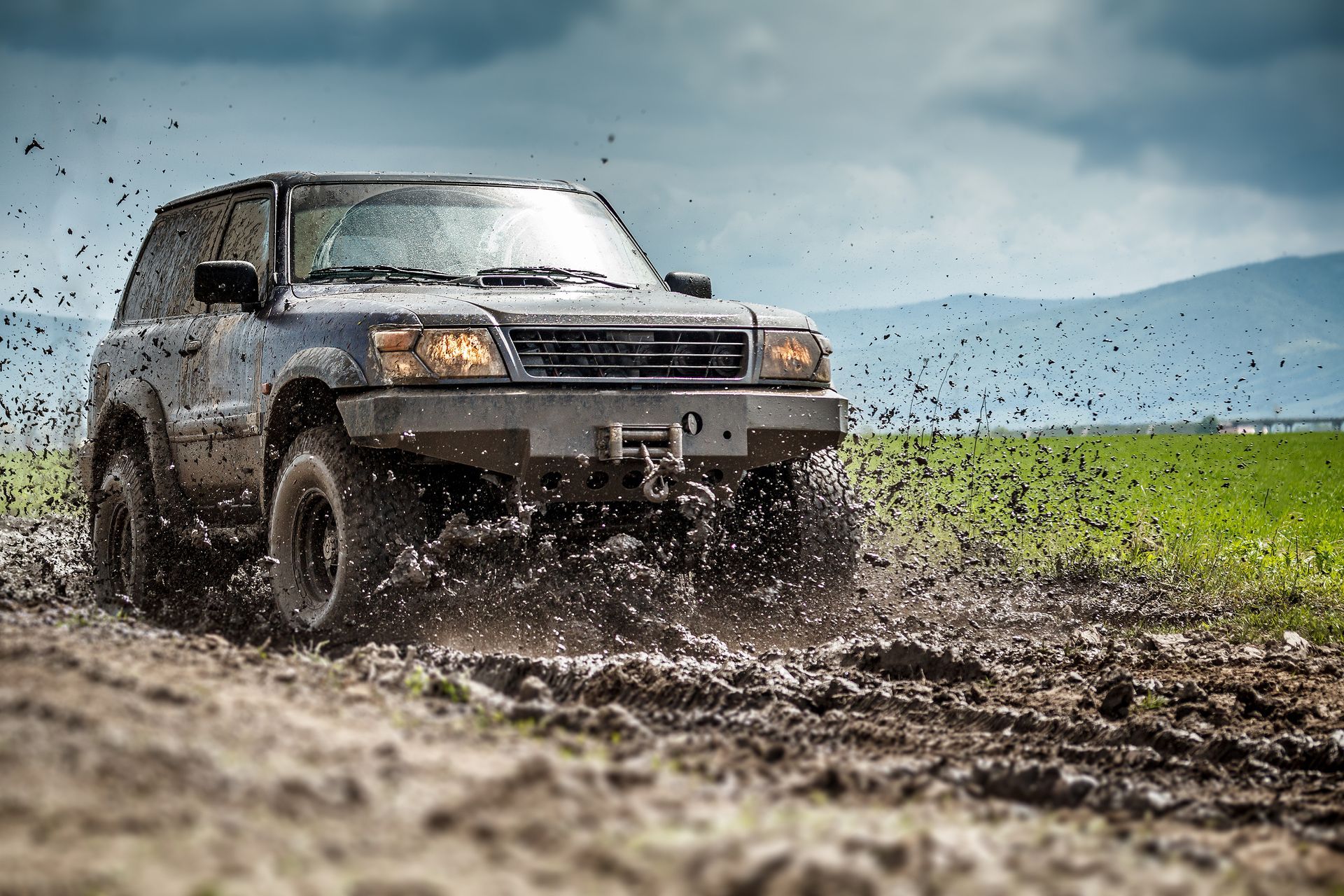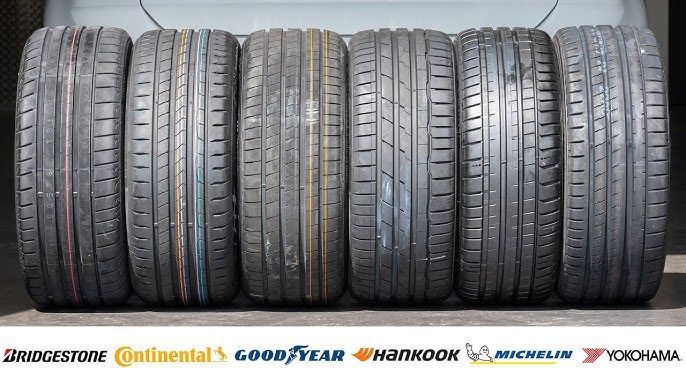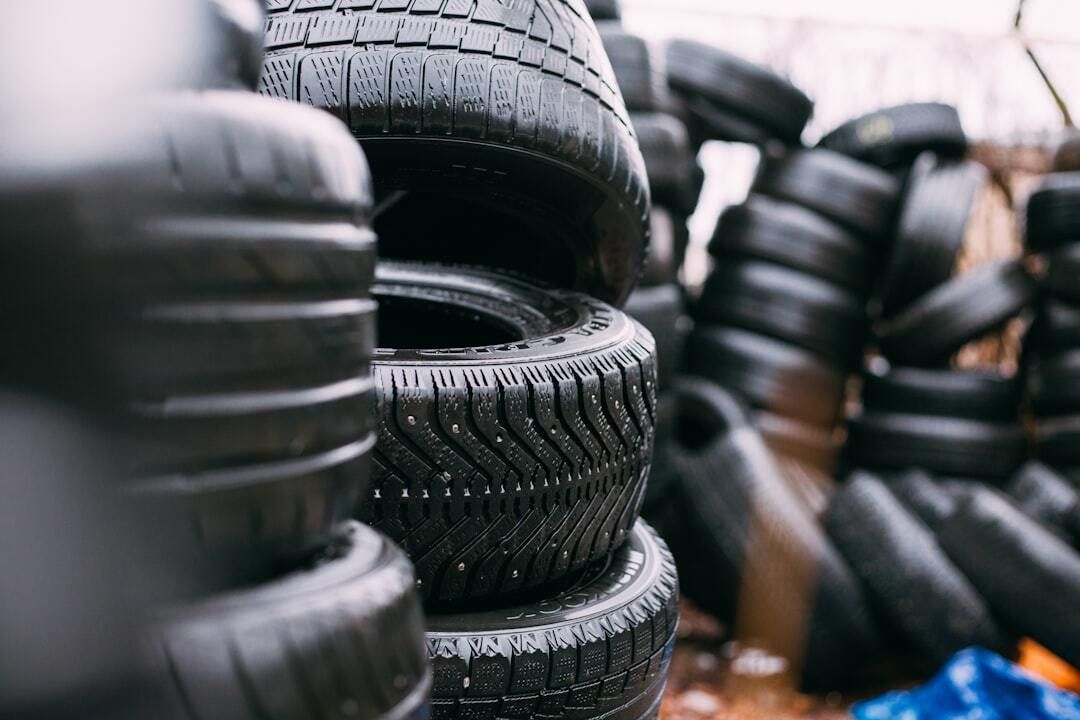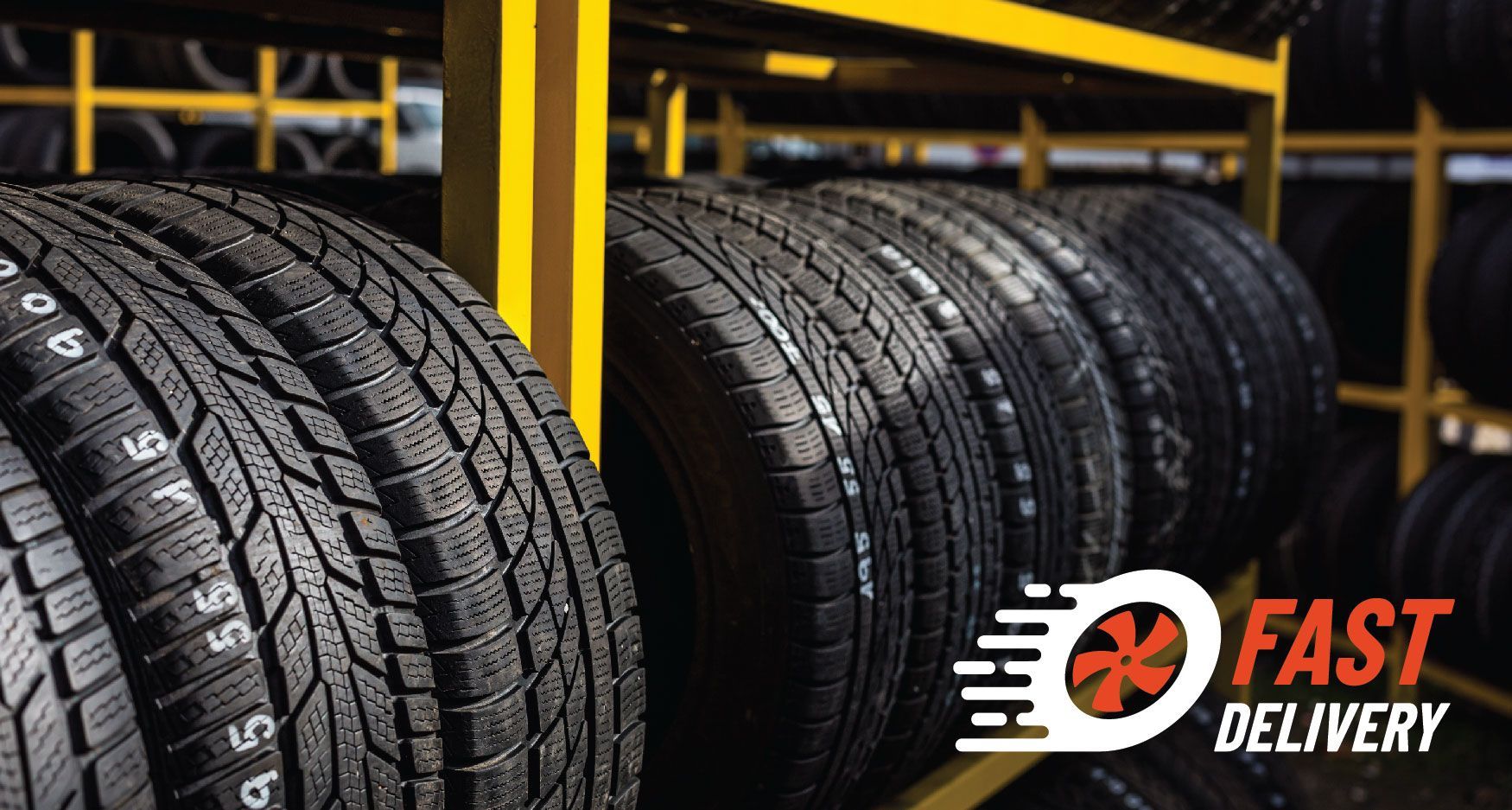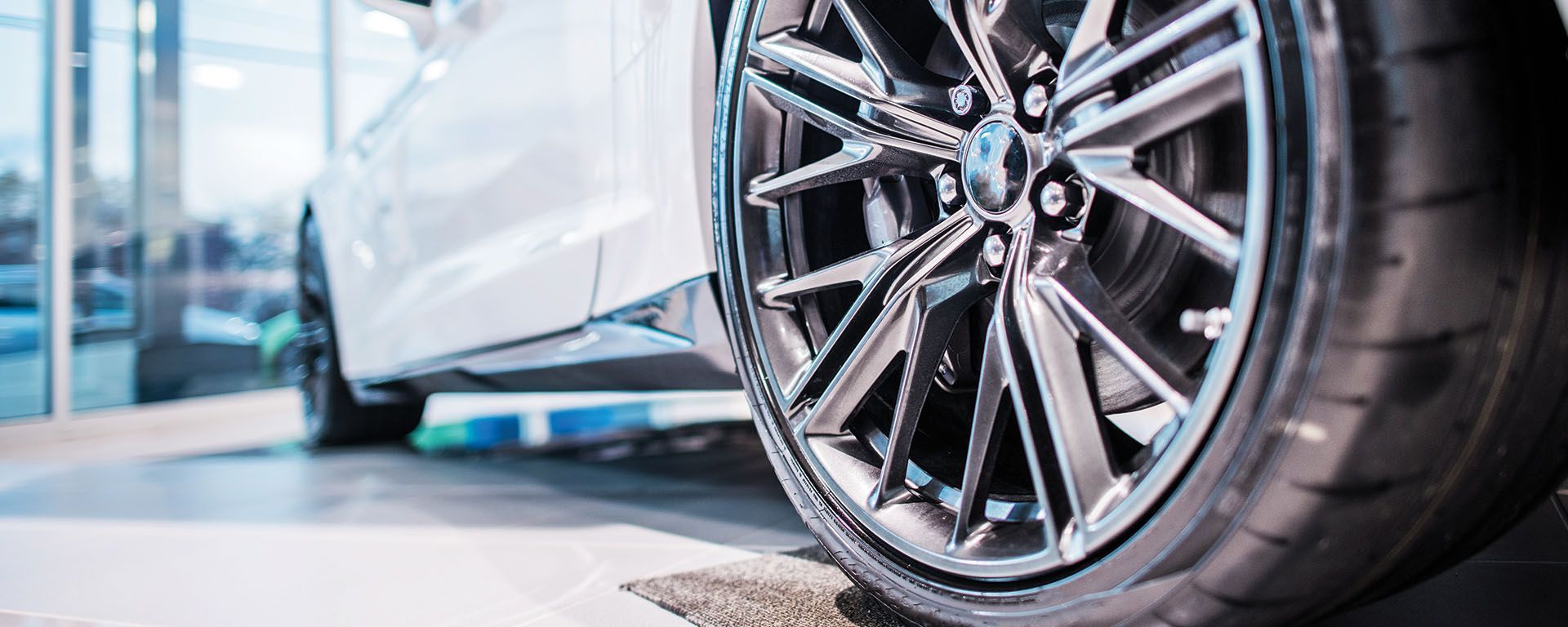Why Tire Dry Rot Happens (and How to Prevent It)
Why Tire Dry Rot Happens
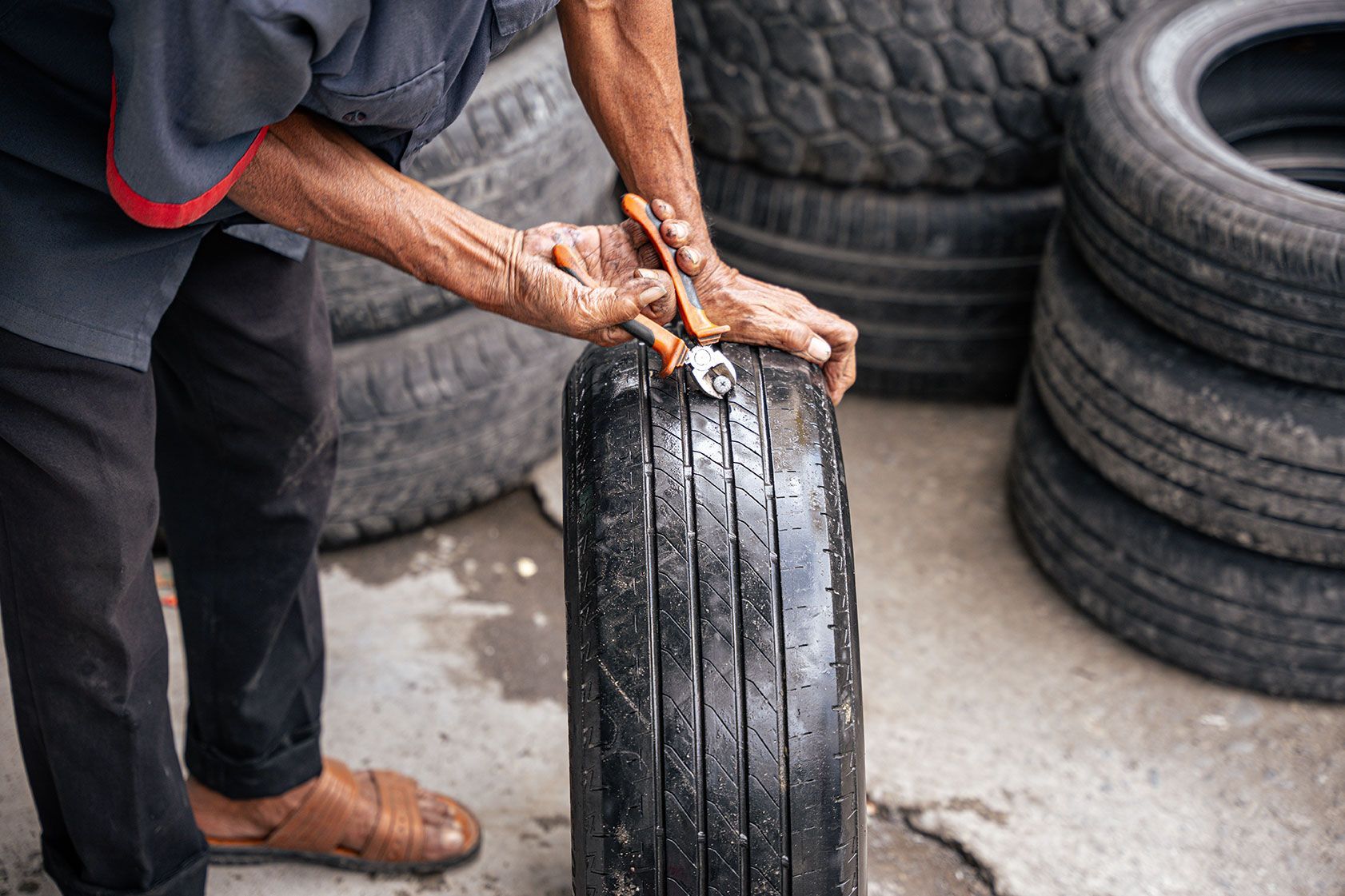
Tire wear isn’t always about mileage. Even if your tires have good tread, cracks, fading, or stiffness could be signs of dry rot—a common but dangerous condition that compromises the rubber and increases the risk of a blowout.
At Boss Tire, we help online tire shoppers stay informed about tire safety. Here's what dry rot is, what causes it, and how to avoid it when buying or storing tires.
What Is Tire Dry Rot?
Tire dry rot—also called weather checking or ozone cracking—occurs when the rubber compounds in a tire begin to break down due to age and environmental exposure. The result? Visible cracks and weakened rubber that can’t flex properly under pressure.
Even tires that look fine from a distance may be affected, especially if they’ve sat unused for long periods.
What Causes Tire Dry Rot?
🕒 1. Age
Rubber breaks down naturally over time—even if tires aren’t used. Most manufacturers recommend replacing tires every 6 years, regardless of tread depth.
🌞 2. UV and Ozone Exposure
Sunlight and ozone are the biggest environmental culprits. They dry out rubber compounds, causing cracks to form along sidewalls and between tread blocks.
🚘 3. Lack of Use
Tires on vehicles or trailers that sit for long periods without movement are especially prone to dry rot.
🌡️ 4. Extreme Temperatures
Hot garages, freezing weather, or wide temp swings can speed up rubber degradation.
🛒 5. Buying Old Stock
Tires stored for long periods before being sold—especially without climate control—are more likely to suffer from dry rot before they even hit the road.
How to Spot Tire Dry Rot
Before installing or buying tires, check for:
- Cracks on the sidewalls or between the treads
- Fading or chalky rubber
- Dry, brittle texture
- Flaking rubber or small rubber chunks breaking off
- A sudden drop in air pressure without a puncture
Always check the DOT code to see the tire’s manufacturing date. It’s stamped on the sidewall and starts with “DOT”—the last four digits indicate the week and year (e.g., 2621 = 26th week of 2021).
Can You Drive on Tires with Dry Rot?
No. Even if the tread looks fine, dry rot weakens the structural integrity of the rubber and increases the risk of a blowout—especially at highway speeds.
How to Prevent Dry Rot in Tires You Own or Store
- Buy tires with fresh manufacturing dates
- Store tires indoors in a cool, dry, UV-free environment
- Use tire totes or bags to reduce air exposure
- Rotate parked vehicles or use jack stands to reduce pressure points
- Avoid petroleum-based cleaners that dry rubber prematurely
Why Buy Online from Boss Tire?
We don’t just sell tires—we help you buy smart. When you shop with
Boss Tire, you get:
✅ Brand-new, never-aged inventory
✅ DOT codes disclosed on request
✅ Fast shipping and proper packaging
✅ Expert customer support if you have questions about age, storage, or fitment
📦
Order your next set of tires online today
🛞
Browse top brands by vehicle, size, or category
📞
Need help? Call 833-414-8473

